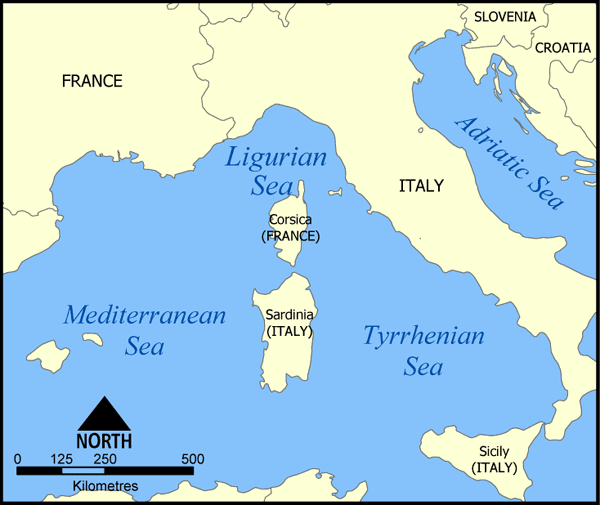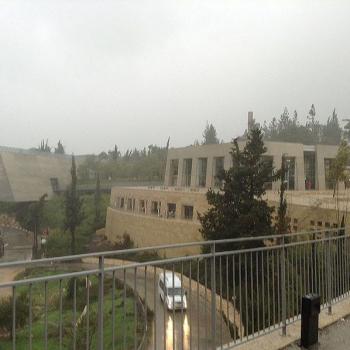
***
I haven’t yet seen anybody watching it here on the boat, but I’m reliably informed that the new Interpreter Foundation docudrama Undaunted: Witnesses of the Book of Mormon became generally available today, presumably at Deseret Book outlets and perhaps even elsewhere:
Undaunted: Witnesses of the Book of Mormon
***
Once again, Jon Claybaugh has generously contributed a concise note for teachers and students of the Hebrew Bible in thee “Come, Follow Me” curriculum of the Church of Jesus Christ of Latter-day Saints.
The Interpreter Radio Roundtable for Come, Follow Me Old Testament Lesson 23, “The Lord Raised Up a Deliverer,” on Judges 2–4; 6–8; 13–16, featured Steve Densley, Mark Johnson, and Matthew Bowen. This roundtable was extracted from the 24 April 2022 broadcast of the Interpreter Radio Show. The complete show may be heard at https://interpreterfoundation.org/interpreter-radio-show-April-24-2022/. Moreover, the Interpreter Radio Show can be heard live on Sunday evenings from 7 to 9 PM (MDT), on K-TALK, AM 1640. Alternatively, if you live outside of the Salt Lake Valley or are morally opposed to radio, you can listen live on the Internet at ktalkmedia.com.
Nibley Lectures: One Eternal Round — Lesson 10
In 1990, Hugh Nibley presented a series of twelve lectures on Facsimile 2 in the Pearl of Great Price. The lectures occurred almost weekly beginning on June 27, first in the Maeser Building and later in the auditorium of the Joseph Smith Building.
***
Directly behind our boat as it moves through the sea, the water is very turbulent. Then it gradually calms down as it falls further behind. I suspect that this results from the churning rage that I’m told I feel as a result of the Hulu/FX miniseries Under the Banner of Heaven. My sharing this link with you is yet another illustration of my seething anger:
Of course, the same sources that say that my wrath is overflowing because of Under the Banner of Heaven have been describing my burning rage for literally years now. So it seems both that it’s scarcely anything new and that, accordingly, Under the Banner of Heaven can hardly be the actual explanation for it. But these things are insoluble mysteries. The one sure thing is that I’m consumed with indignation, hatred, and passionate ire.
***
It’s absolutely amazing to think of a Latter-day Saint temple on the little island of Guam. I mean, just take a look at an aerial view of the temple here, and then back away with a few clicks of the minus sign until you see how small the island is as a whole. And yet, there now is one!
What do you think of this article? It was written for a non-Latter-day Saint audience and published in a non-Latter-day Saint venue:
“What is a Latter-day Saint temple?”
From Guam to the Arabian Peninsula:
And from the Arabian Peninsula to Mozambique:
***
A short while back, I posted something that mentioned my encounter, years ago, with the man who then served as the “Grand Mufti” for the Muslims of Australia. I was pleasantly surprised, accordingly, while looking to find something else, that I had posted another entry about him during a subsequent visit to Sydney, Australia, in November of 2018. It was entitled “In Australia but not even remotely of Australia.” Here is what I wrote then:
One of the more striking experiences that I had during my last trip to Australia prior to this one was a visit to the Lakemba Mosque (aka the Masjid Ali Bin Abi Talib), in the Sydney suburb of Lakemba.
I was taken there by the late Elder Paul Sybrowsky (1944-2014) of the Seventy, who, based in Sydney, was serving at the time as the Australia area president for the Church. I’m guessing that this was somewhere around 2010 or so. Maybe a bit before that.
The point of the visit was to meet with Taj El-Din Hilaly (تاج الدين الهلالي), who had been and maybe still was at the time the imam of that Sunni mosque and who, by appointment of the Australian Federation of Islamic Councils, had been serving as the mufti of Australia since 1988. (He apparently liked to refer to himself as the Grand Mufti of Australia and New Zealand, although not everybody — not even all Sunni Muslims — recognized him as holding such a position.)
A mufti, of course, is a qualified scholar of Islamic law who is authorized to give advisory legal opinions — non-binding, non-government enforced rulings — in response to questions from believers. (For a fuller explanation, see “What a fatwa is and is not.”)
The visit went well enough, but I came away with quite a negative impression. Imam Hilaly had, by that point, been in Australia for the better part of three decades, but my sense was that he would have found it exceedingly difficult to carry on a prolonged conversation in English or to read an Australian newspaper. The area immediately surrounding the mosque looked to me then like a bit of the Middle East, transported to Australia and plopped down into suburban Sydney. Everything around it looked and felt Arabic, and all of the signage around it was in Arabic. And yet, in his roles as imam and as mufti, one of Hilaly’s major responsibilities was surely to advise Muslims living in Australia — many of whom aren’t even of Arab extraction — how to negotiate life in this country as faithful practitioners of Islam. But he himself could scarcely be said really to be in Australia at all, other than geographically.
While I was still in Australia on that visit, but after my time with Imam Hilaly, I read a report in one of the Australian newspapers of a Sydney lecture by the imam and Islamic chaplain attached to the campus of Georgetown University, in Washington DC. It was, he said, absurd for Muslims living outside of the Middle East to have an imam or a mufti who couldn’t even speak the local language. He named no names, but it was pretty obvious whom he had in mind.
Even a quick scan of the Wikipedia article about Taj El-Din Hilaly is enough to give at least some sense of the endless controversies in which he was constantly embroiled while serving as mufti. Muslims living in places like Australia deserve and certainly need much better than that. So I’m quite happy to see efforts such as that of Zaytuna College, in Berkeley, California, which is trying to raise up a cadre of well-informed American Islamic scholars and leaders who are both fully Muslim and fully Western. I know relatively little in detail about Zaytuna, but I applaud the idea in principle and I hope that it succeeds.
Posted from the Tyrrhenian Sea, en route to the Ligurian Sea and Saint-Tropez, France











